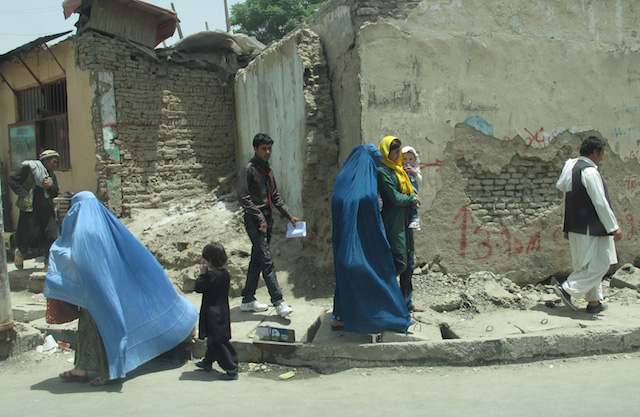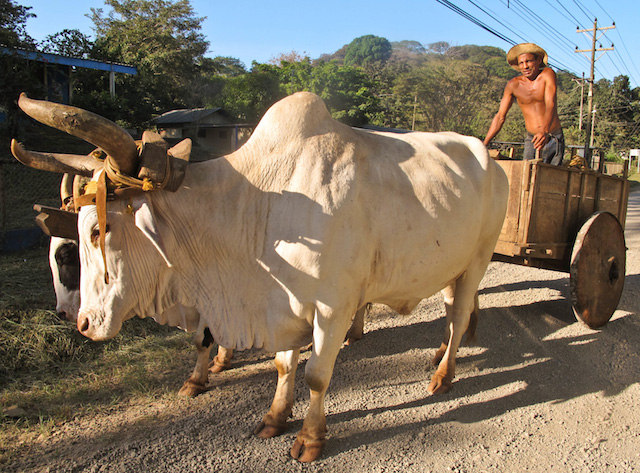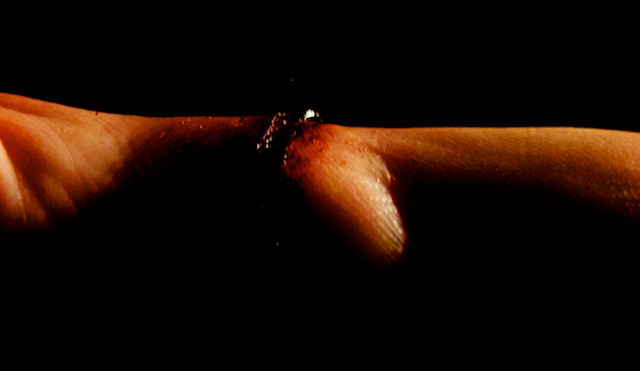Free Photography Bundle ($180 value): PS actions, LR presets, photo overlays, & print templates!
Get it here.
You’ve got it all – lenses, chargers, a tripod that could withstand an earthquake, even a fancy camera pack to keep it all safe. What you might be missing, however, is the modern essential for photography enthusiasts of every level – the point-and-shoot.
The term “point-and-shoot” refers to a basic, everyday camera that you point at the subject, then push a button to shoot a picture. Once the realm of suburban moms and Asian tourists, n days of old, these pocket-size cameras lacked adjustment capability, shot only small format, and usually ran on AA batteries. They were perfect for “happy snaps” to fill the family’s albums, but certainly not anything a professional photographer would need.
Those days are over. Modern point-and-shoots offer the ability to manipulate settings like aperture and shutter speed, impressive zoom capabilities, and often boast features like video or voice capture, movable screens, the option of adding a full-size flash, and more. The versatility of this pint-size piece of equipment is a vital part of every professional’s arsenal. Once you find your perfect match, it may even assume a fair amount of the burden your short lens used to shoulder.
If you are a traditionalist with a nose slightly turned up at the thought of putting down your heavy, clunky full-size camera body with its bevy of lenses, consider:
1. Point-and-shoots, with complementary gear like camera bags and memory cards, are generally cheaper than a camera body and detachable lens-based system, which may make the user less reluctant to get a lil’ dirt on the thing. I had no qualms about shoving my Canon G12 in a cargo pants pocket for months on end in Afghanistan – that camera was struck, dropped, sat upon, and subjected to sand. But I took photos like this Kabul street scene from a car, when reaching a full-size camera was impossible.

2. Attempting to photograph a baby, or unfamiliar animal? The stealthy approach made possible by a smaller camera allows for easier capture of both, and anyone or anything else that is lens-shy, from oxen in Costa Rica to horses in SoCal.


3. The dramatic angles your eye sees can be more readily captured with a camera the size of your hand, and, even better, a swivel screen. If your hand can fit in the area, so can a point-and-shoot, which makes everyday inspiration like this Buddha in a wheelbarrow an opportunity you will never miss.

4. Sneaking a camera in somewhere you’re not supposed to have one? It’s not admirable, but we’ve all done it, and it goes without saying that smaller is easier to conceal. The boss would probably protest if an employee whipped out a full-size lens to capture an image like these donuts, captured nonchalantly during an otherwise boring staff meeting with a briefcase-smuggled point-and-shoot.

5. You can take photos with one hand. Doesn’t sound like much? One day, you may find yourself bleeding and need to photograph it.

6. Ditch the clunky external card reader you likely lug around, because most point-and-shoots use a standard-size memory card that computers are able to read directly.
7. For all the bells and whistles, they are still point-and-shoots, which makes them easy to use. In practical terms, that means you can shoot professional-grade images all day during your next family trip, then hand the camera to a stranger to snap a courtesy family shot that actually includes you.
Interested in a point-and-shoot, but not sure where to start? Canon’s G12, which retails at superstores for approximately $700, is a sure bet. Though it is slightly bulkier than others, the swivel screen, ability to shoot RAW format, and general hardiness make this a valuable piece of gear. Do your homework, and talk to other photographers who shoot in the same sort of environment that you do, to determine what may work best.
There are some things you just can’t capture without a traditional lens. But there are many things you can. A well-supplied kit must include a point-and-shoot. Give it a try – you may be surprised by how much you use it.
Photos are © Jan Shultis

